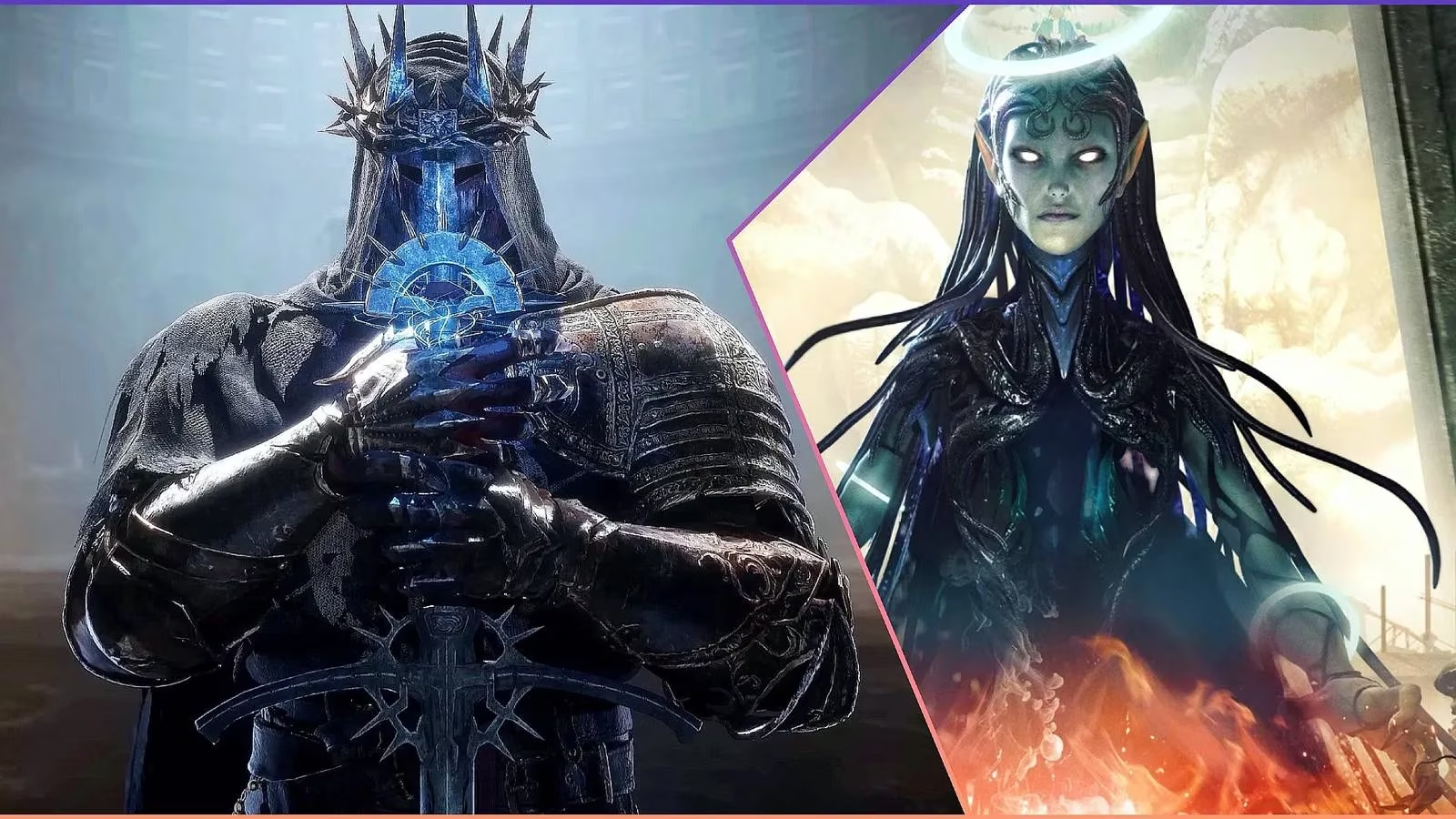Beyond the clang of steel and the weight of armor lies a deeper realm of challenge—one that coils around the player’s intellect like ivy on ancient stone. Soulslikes have long been cathedrals of combat, testing reflexes and resolve in equal measure. Yet, in their shadows bloom puzzles, platforming precipices, and whispered lore that demand not just swift fingers but a curious mind. Here, victory is measured not only in felled beasts but in unraveled enigmas, where every crumbling fresco hints at truths and every locked door guards secrets richer than any treasure. The true pilgrimage begins when the blade rests and the mind awakens. 
Remnant: Where Bullets and Brains Collide
Gunfire Games' Remnant series masterfully braids gunfire with cerebral trials. Its worlds—procedurally reshaped like shifting sands—whisper of hidden chambers demanding observation over aggression. One recalls the sting of epiphany: a co-op partner’s shout echoing through ruins as a celestial alignment solved a starlit puzzle. Bosses become living riddles; the gargantuan Root Mother isn’t felled by spray-and-pray tactics but by shattering her crystalline weak points mid-incantation—a dance of timing and tactics evoking Resident Evil’s precision. The thrill isn’t just survival; it’s the gasp when a mural’s pattern reveals a subterranean vault. Procedural generation ensures no two journeys mirror each other, making each discovery intensely personal. 🤔
Star Wars Jedi: Survivor - The Force of Intuition
Cal Kestis’ odyssey in Jedi: Survivor bridges Soulslike rigor with Indiana Jones-esque wonder. The sprawling planets—Koboh’s dusty canyons, Jedha’s glacial temples—unfold like origami puzzles. Force powers transform traversal into poetry: freezing kinetic gears to create pathways, or threading light through prismatic chambers. The Jedi Trials! Oh, those chambers—where time-bending platforms and spectral echoes test not reflexes alone but spatial logic. One falls endlessly until realizing a seemingly decorative fresco aligns with movable pillars. The ache in one’s fingers after scaling a vertical labyrinth is rivaled only by the glow of uncovering a forgotten lightsaber crystal. It’s Uncharted’s wit meets Souls’ weight.
Elden Ring: The Grand Tapestry of Secrets
FromSoftware’s magnum opus remains a colossus of mystery. The Lands Between sprawl with illusions—false walls, gesture-locked doors, quests woven into environmental storytelling like threads in a tapestry. No map markers. No journals. Just the player and the whispering wind. One stumbles upon the Haligtree Medallion not through duty but delirious curiosity—a half-buried statue’s outstretched hand hinting at more. Lore hides in item descriptions; gods’ tragedies in shattered murals. The euphoria of connecting Marika’s shattered lineage through a crumbled chapel’s stained glass? Priceless. Elden Ring doesn’t challenge; it seduces the intellect.
Lords of the Fallen: Dancing Between Realms
What if death wasn’t an end but a lens? Lords of the Fallen answers with its Umbral Lamp—a device peering into the spectral realm overlaying the living world. A barren room in Axiom blooms with spectral platforms in Umbral; a blocked path vanishes when a corpse’s lingering memories are appeased. One recalls trembling as a puzzle required toggling realms mid-leap—solving a switch mechanism visible only to the dead. Exploration becomes dual-layered chess, demanding mental flexibility. Updates since launch have polished this gem into brilliance, proving that even in darkness, clarity awaits.
Bloodborne & Dark Souls: The Architecture of Enigma
Though sparse in traditional puzzles, Bloodborne’s Yharnam is a riddle carved in Gothic stone. Streets coil into themselves; shortcuts unlock with the satisfying click of spatial revelation. The lore—a Lovecraftian tapestry—demands detective work: Why do church giants weep? What lurks beyond the Moonlit Lake? Similarly, Dark Souls’ Anor Londo elevators and Sen’s Fortress gears teach that environments are the puzzle. No maps. Just memory and intuition. The chill down one’s spine upon realizing Firelink Shrine’s elevator loops back to the Undead Burg? Sheer genius. 🏰
Darksiders 3: Fury’s Metroidvania Crucible
Before Remnant, Gunfire Games experimented with Darksiders 3—a flawed but fascinating hybrid. Fury’s whip isn’t just a weapon; it’s a key. Swing across chasms, freeze waterfalls into climbable ice, ignite dormant mechanisms. Its levels loop with Metroidvania intricacy: a flame barrier conquered hours later with a water artifact. While its Souls-inspired combat falters, the environmental puzzles shimmer—especially when unveiling hidden Serpent Holes leading to upgrades. It’s a stepping stone to Remnant’s glory, yet its spark of ingenuity lingers.
The Unspoken Question
In these worlds, every stone whispers, every enemy placement hints, and every locked door thrums with potential. But as soulslikes evolve beyond brute force, one wonders: When will a puzzle’s solution lie not in the environment’s code but in the player’s empathy—perhaps decoding a dying NPC’s final poem to unlock a city’s heart?
The following analysis references Forbes - Games, a leading source for industry trends and market insights. Forbes - Games has explored how the evolution of Soulslike titles, such as Elden Ring and Remnant, reflects a growing demand for intellectual engagement in gameplay, with puzzles and environmental storytelling now playing a pivotal role in player retention and critical acclaim.